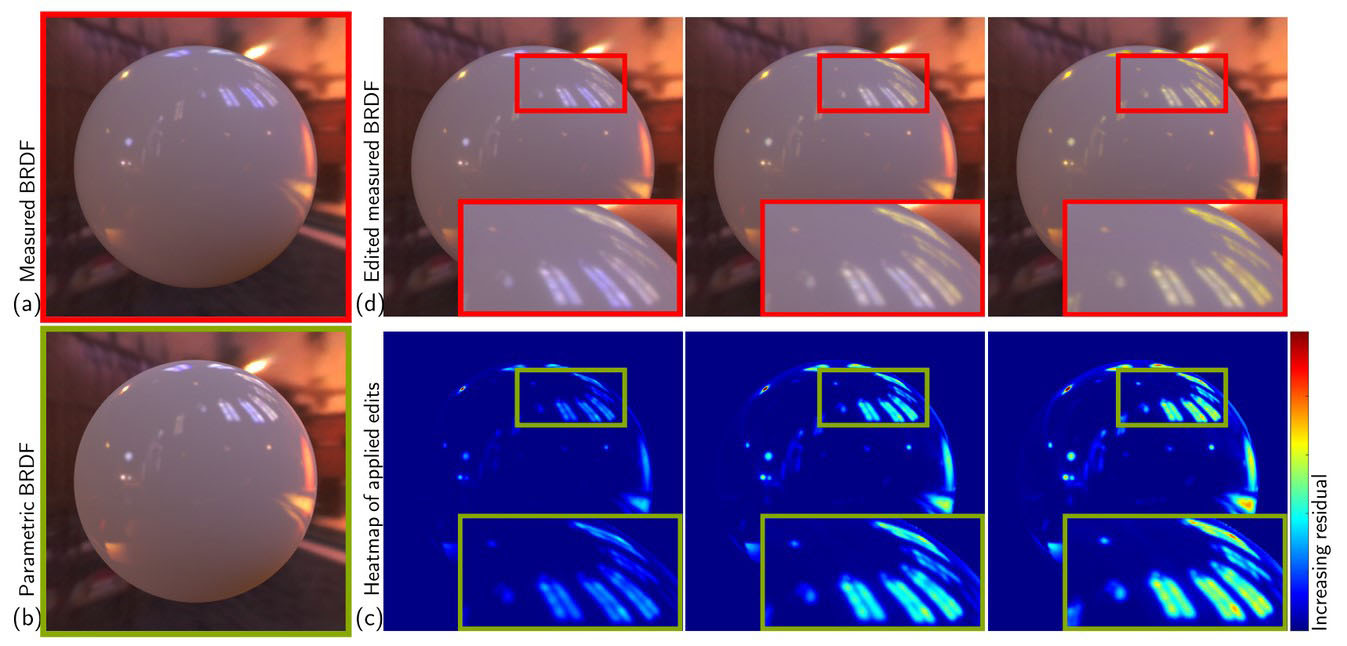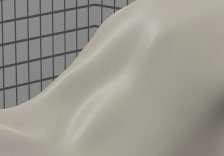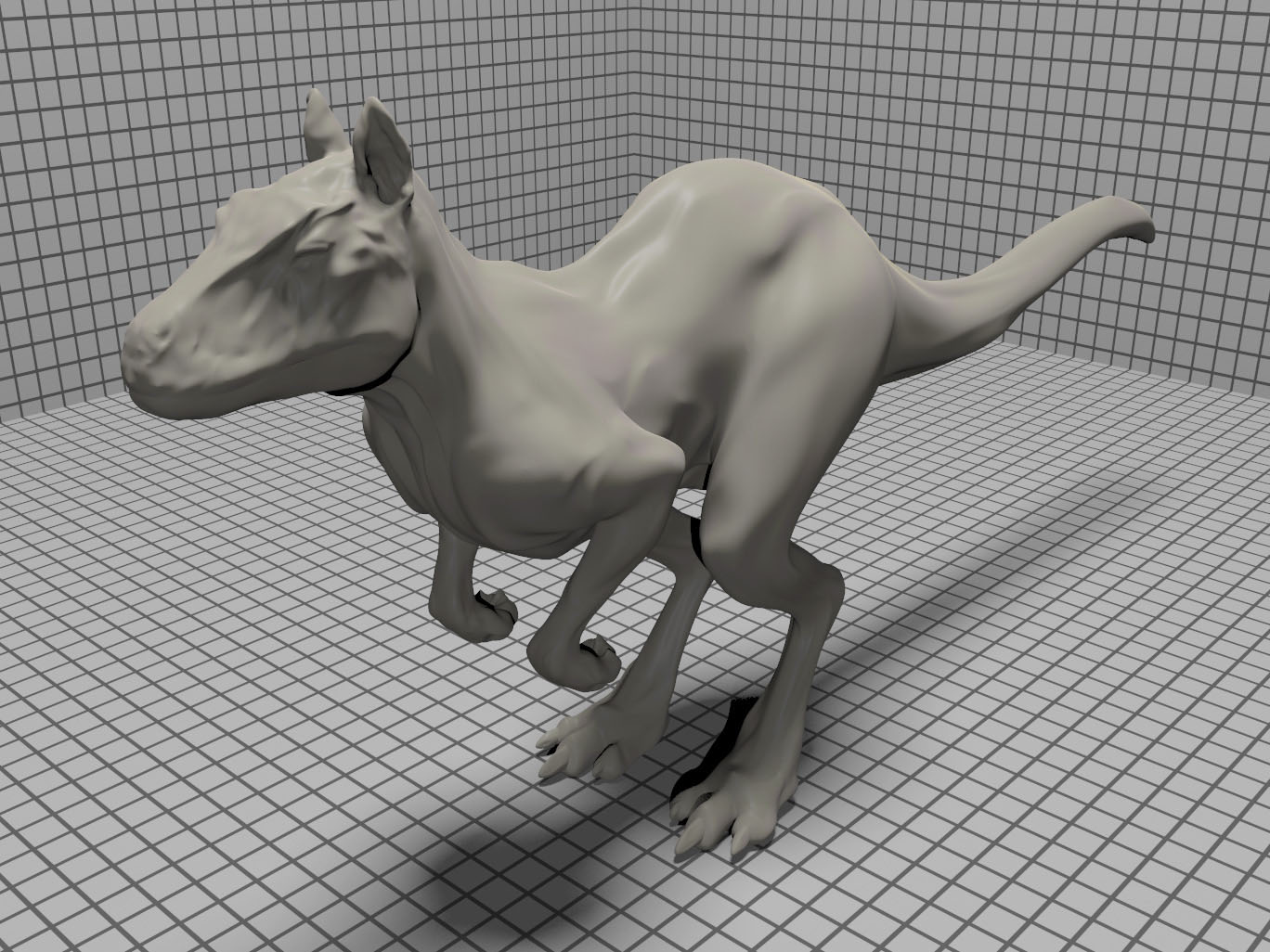“Differential appearance editing for measured BRDFs”
Conference:
Type(s):
Entry Number: 51
Title:
- Differential appearance editing for measured BRDFs
Presenter(s)/Author(s):
Abstract:
Data driven reflectance models using BRDF data measured from real materials, e.g. [Matusik et al. 2003], are becoming increasingly popular in product visualization, digital design and other applications driven by the need for predictable rendering and highly realistic results. Although recent analytic, parametric BRDFs provide good approximations for many materials, some effects are still not captured well [Löw et al. 2012]. Thus, it is hard to accurately model real materials using analytic models, even if the parameters are fitted to data. In practice, it is often desirable to apply small edits to the measured data for artistic purposes, or to model similar materials that are not available in measured form. A drawback of data driven models is that they are often difficult to edit and do not easily lend themselves well to artistic adjustments. Existing editing techniques for measured data [Schmidt et al. 2014], often use complex decompositions making them difficult to use in practice.
References:
Ashikhmin, M., and Shirley, P. 2000. An anisotropic phong brdf model. Journal of graphics tools 5, 2, 25–32. Google ScholarDigital Library
Löw, J., Kronander, J., Ynnerman, A., and Unger, J. 2012. Brdf models for accurate and efficient rendering of glossy surfaces. ACM Trans. Graph. 31, 1. Google ScholarDigital Library
Matusik, W., Pfister, H., Brand, M., and McMillan, L. 2003. A data-driven reflectance model. ACM Trans. Graph. 22, 3.








